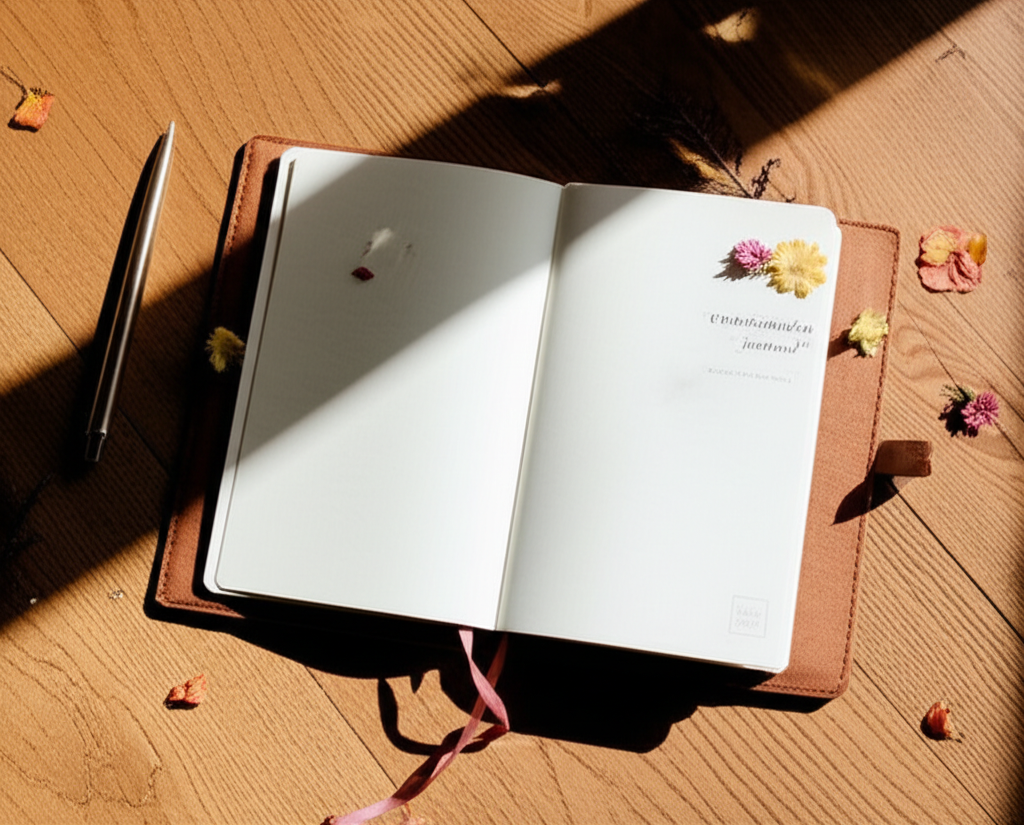Stress, anxiety, and restless nights have become all too common. Many of us end our day in a state of mental overdrive — replaying conversations, worrying about tomorrow, or staring at the ceiling in frustration.
That's where the 4-7-8 breathing technique comes in. Sometimes called the "relaxing breath," this simple method is designed to slow your heart rate, quiet your mind, and help you feel grounded in under a minute.
Rooted in pranayama, an ancient yogic breathing practice, 4-7-8 breathing is now backed by modern research showing it can lower stress hormones, ease anxiety, and even improve sleep quality.
What is the 4-7-8 Breathing Technique?
Developed and popularized by Dr. Andrew Weil, the 4-7-8 method involves breathing in a specific rhythm:
- Inhale for 4 seconds
- Hold your breath for 7 seconds
- Exhale slowly for 8 seconds
This pattern encourages full oxygen exchange, calms the nervous system, and creates a natural meditative state.
Benefits of 4-7-8 Breathing
Science and user experiences point to several key benefits:
- Reduces Anxiety – Slow breathing signals your brain that it's safe to relax, lowering amygdala activity (the fear center of the brain).
- Improves Sleep – By triggering the parasympathetic nervous system, it preps your body for rest.
- Lowers Heart Rate & Blood Pressure – Steady breathing promotes cardiovascular relaxation.
- Enhances Focus – Increased oxygen delivery to the brain can boost mental clarity.
- Promotes Emotional Regulation – Helps interrupt cycles of worry or anger.
(Sources: Jerath et al., 2006; Zaccaro et al., 2018)
Step-by-Step Guide to Practicing 4-7-8 Breathing
Complete Step-by-Step Guide
Step 1 — Find a Comfortable Position
Sit upright or lie down with your back straight. Rest your hands in your lap or by your sides.
Step 2 — Exhale Completely
Through your mouth, push out all the air in your lungs, making a gentle "whoosh" sound.
Step 3 — Inhale for 4 Seconds
Close your mouth and breathe in quietly through your nose for a count of 4.
Step 4 — Hold for 7 Seconds
Keep your lungs full and hold your breath for a count of 7. Avoid straining — stay relaxed.
Step 5 — Exhale for 8 Seconds
Exhale slowly and fully through your mouth for a count of 8, making the same "whoosh" sound.
Step 6 — Repeat
Start with 4 cycles. With practice, you can work up to 8 cycles at a time.
When to Use 4-7-8 Breathing
- Before Bed – Helps you drift into sleep faster.
- During Stressful Moments – Calms nerves before a meeting, presentation, or tough conversation.
- Morning Reset – Start your day with focus and intention.
- After Exercise – Aids recovery and restores breathing rhythm.
Tips for Best Results
- Practice Twice Daily – Morning and evening for consistent benefits.
- Avoid Overdoing It at First – You might feel lightheaded initially; that's normal.
- Combine with Mindfulness – Notice body sensations as you breathe for deeper relaxation.
- Consistency Over Perfection – Even imperfect practice still reduces stress.
Common Questions About 4-7-8 Breathing
Q: Can anyone do this?
A: Yes, but if you have respiratory issues, consult your doctor before starting.
Q: What if I can't hold my breath for 7 seconds?
A: Shorten the ratio but keep the 4:7:8 proportion. Over time, you'll naturally expand your capacity.
Q: How quickly will I notice benefits?
A: Many feel calmer immediately, while long-term effects build over weeks.
Final Thoughts
The 4-7-8 breathing technique is a simple yet powerful way to tap into your body's natural relaxation response. It's free, accessible anywhere, and takes less than a few minutes — making it an ideal habit for busy lives.
The next time your mind races or sleep feels far away, remember: four, seven, eight — and breathe your way back to calm.
Ready to make mindfulness part of your daily rhythm?
Join the Mindful community


